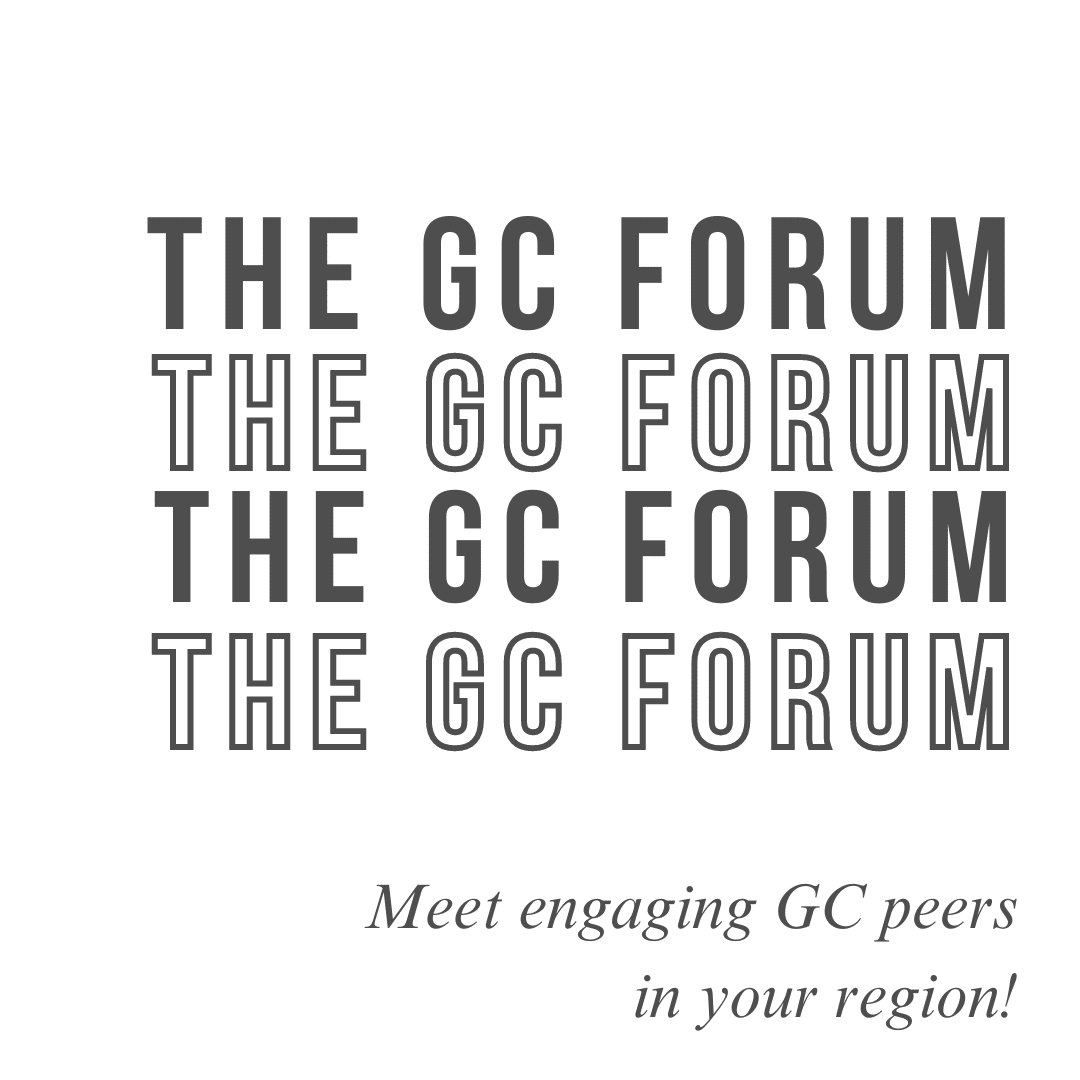Law enforcement requests like subpoena processing are often shrouded in miles of red tape. Wading through the red tape and resolving cases can feel like an eternity, resulting in costly delays and even case losses.
Optimizing your subpoena processing and other law enforcement requests saves you time, money, and stress by creating a workflow that automatically moves subpoenas through every stage.
Explore optimizing your subpoena processing without compromising privacy using the latest technology and systems.
Key Takeaways:
- The increasing number of annual subpoena requests requires an updated management process without compromising security.
- Use technology and automation to streamline the process.
- Creating consistent workflows and training involved parties keep everyone aligned and help the process run smoother.
- When sharing information virtually, ensure you have software to protect all parties’ information.
Challenges of Subpoena Processing
The number of subpoenas and other law enforcement requests legal operations teams submit has grown significantly.
Legal teams in the US issued nearly 45 thousand subpoenas in 2022. Globally, there were over 400,000 requests for disclosure of user information in 2022.

As more law enforcement requests and subpoenas move through the system, they cause bottlenecks due to outdated processes. Many stages in processing are not ready to handle the increased load, which contributes to delays.
Another challenge entering the process is increased privacy concerns. With so much digital information and the online transfer of information, many people’s personal information is at risk.
Legal teams and law enforcement must include additional safety and privacy measures to keep personally identifiable information secure during the subpoena process and adhere to all the latest privacy regulations.
Recognizing these challenges in subpoena and law enforcement request processing is the first step to resolving them.
7 Ways to Optimize Law Enforcement Request and Subpoena Processing
We will dive into seven ways to increase the number of subpoenas you can handle while also increasing your privacy and security measures to combat the primary two challenges.
1. Automate Your Workflow
Automating your workflow removes manual delays in the subpoena process.
You can set workflows that establish every stage in the process. The workflow notifies each party when they’re responsible for taking action. It also automatically performs actions that don’t require human intervention, such as sorting documents and extracting data.
The automated tasks and established workflows reduce your human workforce’s burden so that they can handle more subpoenas and other law enforcement requests with your resources.
Automation also reduces manual errors that often occur when processing each request by hand or trying to handle a large workflow you aren’t equipped to handle.
2. Use Advanced Analytics
Leveraging advanced legal analytics tools can help identify data patterns and trends. Analytic tools allow for a more targeted and informed response to requests.
For example, predictive analytics prioritizes subpoena requests based on their urgency and relevance. Prioritizations ensure that law enforcement receives the information they need on time.
3. Integrate Collaboration Tools
Collaboration between different agencies involved in subpoenas processing is crucial. It connects everyone and allows a free flow of information so everyone is on the same page about dates, what’s expected, and what they should redact. It benefits you whether you’re submitting the subpoena or receiving one.
Establishing standardized procedures and communication channels can accelerate information exchange. It also reduces redundant efforts and delays due to miscommunication.
4. Secure Data Sharing Platforms
Your subpoena and other law enforcement requests will always include data sharing at some point. Many subpoenas request information that other parties must share with you or vice versa.
Is your department ready to handle those data-sharing requests?
Legal technology has made data sharing easier but also introduced new risks for sharing too much sensitive data. Virtual data sharing opens doors to hackers who want to access sensitive information.
Ever-evolving regulations seek to fill in those security gaps. Use secure platforms for encrypting, redacting, and transferring data based on the latest regulations. These platforms should prioritize data security and privacy regulation compliance to maintain public trust.
5. Standardize Protocols
Standardized protocols create consistency across all departments and jurisdictions. They improve your processing speed and efficiency.
You will have an easier time collaborating with law enforcement and other parties through standardized protocols since you both know what’s expected at each stage. These protocols also help you develop guidelines that expedite the legal review without compromising due diligence.
For example, you can have standardized data management systems in place for organizing and sharing information without compromising client privacy.
A standardized protocol improves your reliability. No matter who handles the subpoenas, you can guarantee similar results, including organization, redacting, and communication practices.
6. Train Those Involved
Regular training keeps everyone involved in the subpoena process updated on the latest techniques and procedures. During training, go over the following:
- Regulations and legal requirement updates
- Department procedures
- Workflows
- Everyone’s role in the process
- Technology updates
Keeping everyone on top of regulation changes and new technology ensures everyone uses any systems and procedures you implement. It also reduces errors while improving understanding of everything, speeding up the entire process.
For example, everyone knows who receives and processes new subpoena requests or who must approve subpoena requests you submit.
7. Maintain Transparent Communication
Effective communication maintains your accuracy while boosting your productivity. Roughly 70% of corporate errors are a result of poor communication.
However, only 14% of professionals say they have effective internal communication. Additionally, 64% of workers encounter remote employee communication challenges.

Employ transparent and reliable communication techniques to reduce these common internal and remote communication challenges. Transparent communication allows each person to convey what they need and respond with appropriate information.
Technology and collaboration tools can aid in communication, even with those from different companies and jurisdictions.
When you maintain transparent and consistent communication, you build trust with those whose information you need and other parties involved in the case. You can provide clear information about the legal basis for the request, plus the steps they need to take to protect privacy.
That clear communication expedites the resolution process, saving you time and money.
Accelerate Your Subpoena Processing with Exigent
The best approach to handling the larger load of subpoenas and law enforcement requests is combining multiple tools and processes.
Exigent helps you combine the best technology and human expertise with our innovative approach to legal processes. We use the latest tools for creating legal workflows, processing documents, and sharing information compliant with legal regulations.
We’re committed to privacy, accuracy, and efficiency.
Contact us to learn more about our legal services and how they can streamline and secure your subpoena process.
Need a little more support in your legal transformation journey? Join the GC Forum
 What is the GC Forum?
What is the GC Forum?
The GC Forum is a peer-to-peer community exclusive to corporate legal on legal transformation best-practices.
Hear war stories, successes, and tales of radical leadership to achieving legal transformation from GCs around the globe.
Join your region to get insights and contribute yours during closed-door GC Forum virtual roundtable sessions, workshops, and quarterly in-person conferences and social events.
To become a member register below….
Upcoming Events
| GC Forum USA: 9 Nov, 11am EST |
|---|
 |
| Navigating the ESG Horizon: What’s Next for GCs |
| Guest Speaker: Christine Uri, Advisor to In-House Legal Team on ESG, Fr. Chief Legal Officer, Top 100 Leader in Sustainability |
| RSVP Here |
| GC Forum APAC: 30 Nov, 9am AEST |
|---|
 |
| Setting the Stage for AI in Your Legal Department: How to Prepare, Launch and Integrate the Use of AI into Your Workflows |
| Guest Speaker: Nina Stamell, GC of MyHealth.net.au |
| RSVP Here |
| GC Forum AUS / APAC: 15th Feb, 8am-9am AEST |
|---|
 |
| The T-Shaped Team Framework: Why the T-Shaped Lawyer vision offers a game-changing new direction for your department |
| Featured Speaker: Peter Connor, 20 Years General Counsel Experience, Author, Speaker, Coach, Founder and CEO of Alternatively Legal |
| RSVP Here |
About the Author:
Exigent delivers scale, expertise, and insights that generate bigger returns for CLM – Contract Lifecycle Management, Legal Spend Management, e-Billing, Due Diligence, Document Review, eDiscovery and Litigation Support, Commercial Services, Regulatory & Compliance, Outsourced Legal Administration, and Legal Tech Design.
Follow us on LinkedIn and Twitter to transform the way you do legal.
















